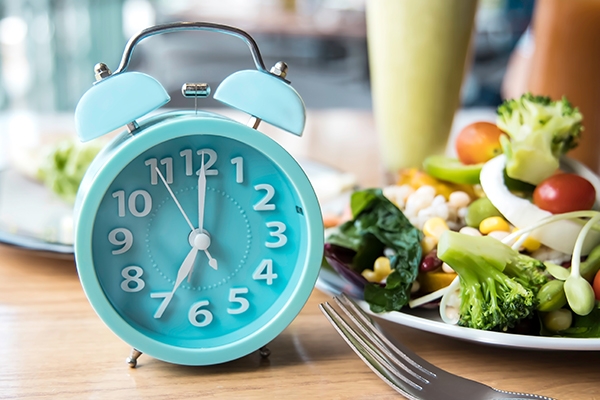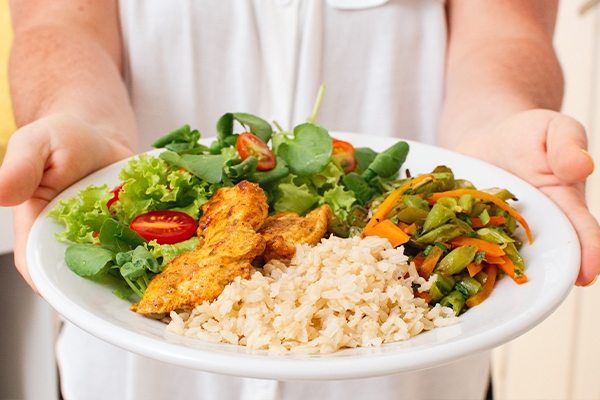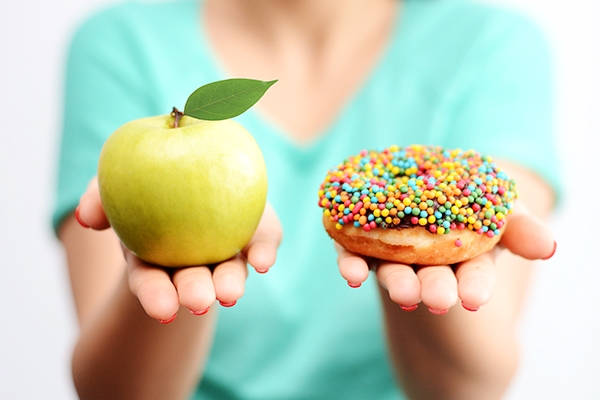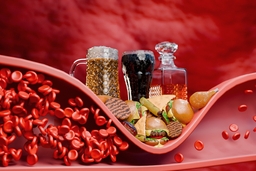Can Diabetics Eat Normally?

Diabetics can still eat like everyone else. The principle is to eat food that is nutritious and meets your daily needs.
This is extremely excellent news for diabetics! When a doctor diagnoses diabetes, the first thing that springs to mind is not being able to eat our favorite meals.
Food, of course, has a significant impact on blood sugar levels. The wrong type of meal will raise blood sugar levels. Blood sugar levels are normally less than 140 mg/dL. Prediabetes is diagnosed when a person's blood sugar levels vary from 140 to 199 mg/dL.
Blood sugar levels differ from person to person. Age, food, physical activity, and the negative effects of medicines used are usually factors. High or low blood sugar levels are harmful to your health if they are not regulated.
Diet regulation
For someone who has been diagnosed with diabetes, diet should be the most significant factor. The aim is to identify foods that do not have the ability to raise blood sugar levels and thus prevent diabetes consequences such as heart disease.
The Ministry of Health, in this case, the Directorate General of Health Services, communicates the provisions for regulating diabetic meals: the right meal schedule, the right amount of food, and the right sort of food ingredients.
1. Schedule
Diabetics should stick to a strict meal plan. Breakfast at 7 a.m., morning snack at 10 a.m., lunch at 12 p.m., afternoon snack at 15 p.m., and dinner at 19 p.m., for example.

Setting and sticking to these meal times reduces the body's workload, making it easier to digest and absorb nutrients. If this diet is followed, the stomach will be trained to recognize when it is hungry and when it is full.
2. Amount
Diabetics should limit their dietary intake at all times. Meal portions are estimated based on the number of calories consumed as well as the body's need for protein, fat, carbs, and other nutrients.

Diabetics must also pay attention to the type of food they consume. Avoid foods that have the potential to raise blood sugar levels. As a result, knowing the content of the food to be ingested is critical for maintaining blood sugar control.
3. Type
Diabetics should eat a wide variety of foods. Because no single item has comprehensive nutritional content, the more diversity, the better.

Diabetics who have succeeded in restricting carbohydrate intake, minimizing foods high in saturated fat or cholesterol, limiting sugar and salt consumption, and increasing fiber intake will have a healthy diet.
Food material selection
A healthy lifestyle includes both nutrition and physical activity. Diabetics must balance the types and quantities of food and fluids they consume with physical exercise and diabetes medications, if they take them. It is critical to keep your blood sugar levels within the range advised by your doctor.
Diabetics can incorporate the following food groups into their everyday diets:
1. Carbohydrate
There's no need to avoid carbs because they serve as fuel for the body. What must be done is to select the safest and healthiest kind. Whole-grain carbohydrates, such as brown rice, oats, and quinoa, may assist with lowering blood sugar.
2. Vegetables
Green leafy vegetables like spinach, kale, and broccoli are high in nutrients, low in calories, and easily absorbed by the body, thus they have no effect on blood sugar levels. Diabetics have lower vitamin C levels than non-diabetics. As a result, more vitamin C is required to raise serum levels of vitamin C while decreasing inflammation and cell damage. Green vegetables are high in vitamins and minerals, particularly vitamin C.
3. Fruits
Avocado is a safe fruit to consume. It has one gram of sugar, little carbohydrates, a lot of fiber, and a lot of beneficial fats. All of them make avocados ideal as a snack. Fruits such as oranges, melons, berries, apples, bananas, and grapes are also acceptable.
4. Grains
Whole grains such as wheat, rice, oats, cornmeal, barley, and quinoa are ideal. Bread, pasta, cereal, and tortillas are also nutritious.
5. Animal and vegetable proteins
Choosing the correct protein sources aids with sugar management. Diabetics should consume unsaturated fats including chicken, fish, eggs, nuts, and seeds.
6. Oils and fats
Diabetes will be more difficult to manage if you eat too many fatty and oily meals.
7. Milk and dairy products
Although milk and dairy products include lactose, a type of sugar, the body still requires them due to their protein and calcium levels. Nonfat milk is a better choice for sugar control.
Exercising

Exercise, in addition to diet management, is essential for blood sugar control and overall health. Being physically active has numerous advantages, including:
- reducing blood sugar levels;
- lowering blood pressure;
- increasing blood flow;
- burning additional calories; and
- promoting good sleep.
However, physical activity has the potential to reduce blood sugar levels, or hypoglycemia. Especially for diabetics who take certain diabetes medications or inject insulin. This syndrome can occur within 24 hours. To fix this, consume a carbohydrate snack before, during, and after exercise. Also, stay hydrated!
Other than controlling your food and exercise, you can do the following:
- Limit the amount of sweets and ice cream. Despite its diminutive size, this sort of dish is heavy on sugar.
- Reduce salt intake to lower the risk of hypertension. The maximum daily salt intake is 6 grams, or one teaspoon.
- Reduce consumption of red meat and processed meats such as sausages, beef, and lamb.
- Consume more fruits and vegetables.
- Reduce additional sugar consumption. Sugar replacements taste sweet but lack sugar and nutrients, including vitamins, fiber, minerals, and antioxidants. It also contains fewer calories than sugar. Some contain no calories at all. Foods branded "sugar-free," "keto," "low-carb," or "diet" frequently include sugar replacements.
- Consider substituting water for sugary drinks. If you still rely on sweet coffee in the morning, think twice. One cup of sweet coffee has at least 25 grams of sugar, or five tablespoons. Meanwhile, the daily sugar allowance for adults is 30 grams, which is equal to seven teaspoons.
Getting more active and changing your eating and drinking habits can be difficult at first. However, begin with tiny modifications. You can get through this time with the aid of family, friends, or the health care team.



